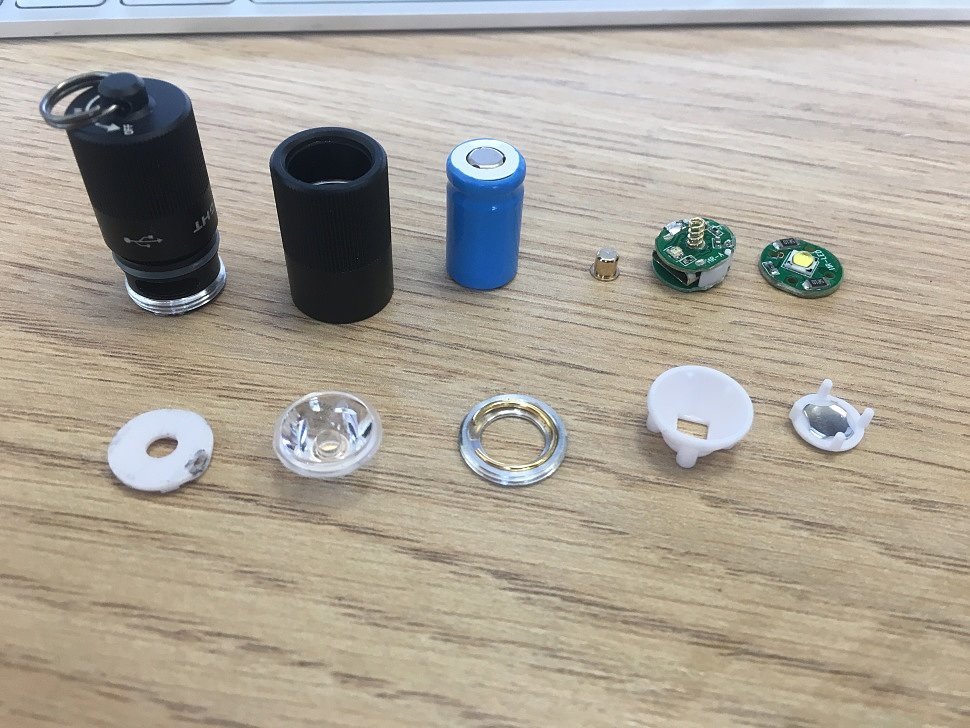jon_slider Nice finds. I didn’t realize or forgot that the C01S has a regulated output. Do they all? That changes the picture. I still wonder where the advertised runtime came from… after all, they mention ANSI NEMA FL1 standard which defines runtime as the time until it drops to 10% of original output.
For sure a 10180 cell won’t do 100+ lumens for long, and I don’t expect it to be regulated either, as the i1R plot shows. Btw, I see most 10180 cells rated for 70 mAh with some variations up to 100 mAh.
I find the runtime of the i1R 2 quite acceptable for typical keychain light use cases. The 5 lumen low mode is almost always used, and the high mode is used only rarely as a Turbo for short bursts of a few seconds at a time (typically no more than 30s). With such usage, I have recharged it maybe once or twice in the past month, and that was only pre-emptive, before it was “dead” or even noticeably reduced in brightness.
Would I want more battery capacity? Sure, if it came for “free.” Would I accept an increase in size or weight? No. Because 1) the current runtime is fine for keychain use, and 2) the weighted tradeoff doesn’t make sense for the target use case:
inconvenience of running out of juice * probability (low) < inconvenience of added weight/size for higher capacity * probability (100%)
Will I eventually find a time where the light dies on me? Probably. Is it worth constantly carrying extra weight and bulk to reduce that probability? No, not for me, and probably not for most. If the probabilities and inconveniences are different for a given individual, that is a clear indication to choose a different product class.
I hope this illustrates the (perhaps hard-headed) focus on a specific set of goals and priorities (and non-priorities). I do appreciate the information and arguments you bring, as it only helps and clarifies the discussion. I fully encourage more of it. 
Jerommel What are the issues with twisties? I have already mentioned my dissatisfaction with the C01S’s implementation which I would like addressed, but the i1R 2 and i3E have been flawless.
In particular, I like the natural mechanical lockout, without the parasitic drain of an e-switch which would be a bigger issue on a tiny battery, as well as the virtually impossible accidental activation. Both of those are matters of reliability.
Nice scribbles! I think that would make an interesting product in its own right. Weight estimate?
Do you think a 601235 LiPo pouch (6.0x12x35mm) could be made to fit in a 40-45mm twisty? An advantage of pouch batteries, in addition to the greater capacity, is that they are lighter (~2.6g ?) than 10180s (~5g ?) due to the lack of the steel cannister. Though I wonder if that brings reliability/safety concerns. Pulling that off in a tiny twisty could give it a significant competitive advantage.




